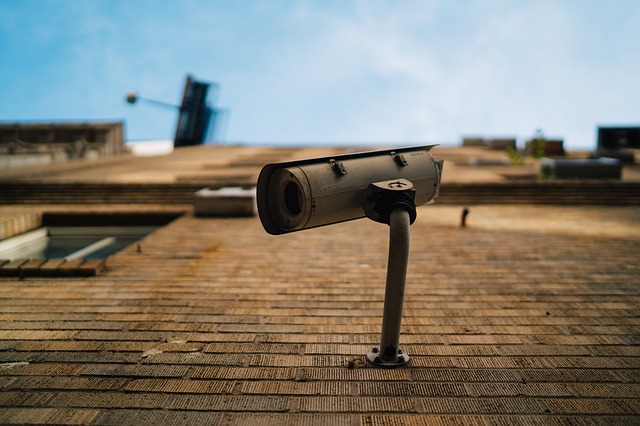
There was huge outcry among journalists resentful about their desk-time being tracked and the newspaper eventually removed the little black boxes. There are numerous ways that companies track their staff now though, and we’ve got some below.
Common Ways to Track Staff
Given how open today’s individuals are with social media and other online sharing, it’s possible to glean an awful lot of information about someone’s work habits from this channel too.
Monitoring Examples
- Hospitals: In some instances nurses wear special badges to track how often they wash their hands.
- Amazon: Warehouse employees carry tablets to track their movements and efficiency in collecting orders.
- UPS: The delivery service’s trucks are installed with sensors to track their every movement.
- Supermarkets: A point of sale system tracks cashier speed when scanning groceries. This is also in place at McDonalds.
To Monitor, or Not To Monitor?
In a world where privacy is more rare and more valuable than before, should employers monitor employee activity more, or less? In one way trusting employees can make them work more effectively, in another way monitoring them can improve productivity. What do you think?








